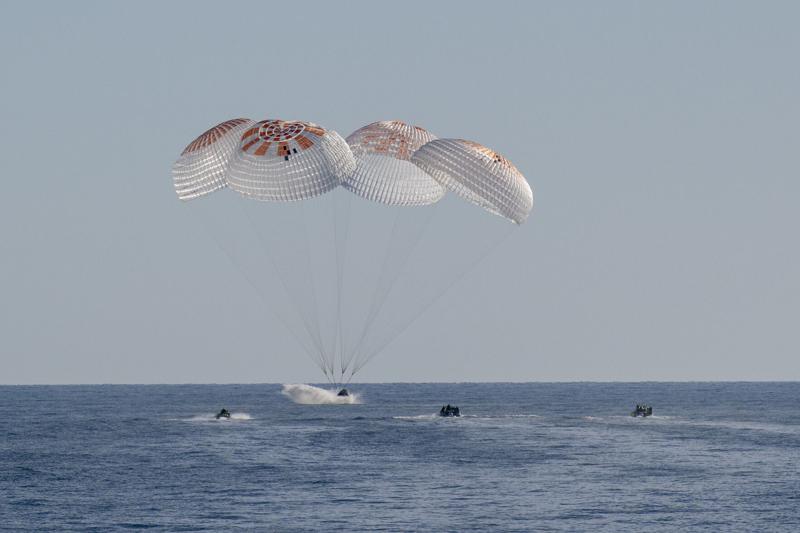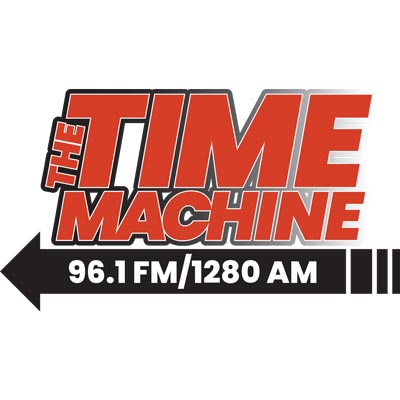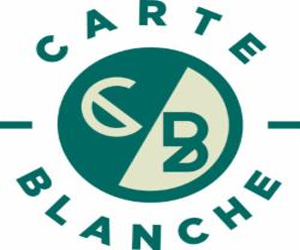The cost to bring home a pair of stranded astronauts that have spent most of a year in space aboard the International Space Station could be as much as $150 million.
Astronauts Suni Williams and Butch Wilmore, along with Nick Hague and Roscosmos cosmonaut Aleksandr Gorbunov, boarded a SpaceX Dragon spacecraft and splashed down in the Gulf of America near the Big Bend region of Florida late Tuesday afternoon.
Williams and Wilmore arrived on the Space Station on June 6 and had spent 286 days in space, stranded because of issues with the Boeing Dreamliner spacecraft, which later returned without them in September.
Their detour is the sixth-longest stay on the space station, according to NASA. The recordholder is astronaut Frank Rubio, who spent 371 days that ended on Sept. 27, 2023.
NASA decided to instead bring Williams and Willmore home on a standard crew rotation mission and didn’t classify the spaceflight as a rescue mission. The space agency also said that it didn’t have the budget to launch a dedicated rescue mission. According to Reuters, the average cost of a Dragon mission ranges between $100 million and $150 million.
The crew rotation mission was moved up at President Donald Trump’s order to bring them home sooner.
The company has launched 49 Dragon missions, with 45 of them to the International Space Station. The capsule can hold up to seven astronauts.
The two former U.S. Navy test pilots and veteran astronauts were supposed to be on an eight-day test mission aboard the Dreamliner. Issues with the craft’s propulsion unit stranded them.
While the failed mission was a demerit on the Dreamliner program, NASA administrators say resolution of the program’s issues is at hand.
“I see them (Boeing) being very committed, they want to provide a transportation system with crewed capability to fulfill their missions and they’re even stepping beyond that with low Earth orbit and destinations with their vehicle,” said Steve Stich, the manager, NASA’s Commercial Crew Program, at a Tuesday news conference. “We were very close to having a capability we would like to field.”
The Starliner passed uncrewed orbital flight testing in 2022, but Boeing reported a $288 million loss on the program due to issues with the parachutes that delayed the first crewed test flight.
That loss increased to $523 million to “reflect schedule delays and higher testing and certification costs as well as higher costs for post certification missions” according to a 10-K annual earnings statement issued to investors.
At year’s end, the company said it had $398 million of capitalized precontract costs and $150 million of potential termination liabilities to suppliers related to unauthorized future missions and the company warned that it might record future losses on the program.
The agency decided rather than chancing a return in the Boeing craft, the pair would join the Space Station as part of the normal crew to conduct experiments and other work in space.
Hague and Gorbunov were part of a normal crew rotation and had spent 171 days in space.
Trump and SpaceX owner Elon Musk both blamed former President Joe Biden’s administration earlier this year for “stranding” the astronauts, a charge dismissed by the returning astronauts in a call from the aging space station.
The first module, Zarya, was launched in 1998 and the station has been continuously crewed since 2000, making it the oldest orbital outpost in human history.
That outpaces the Russian Mir (1986 to 2001), China’s Tiangong-1 (2011 to 2018) and NASA’s Skylab (1973 to 1979).







